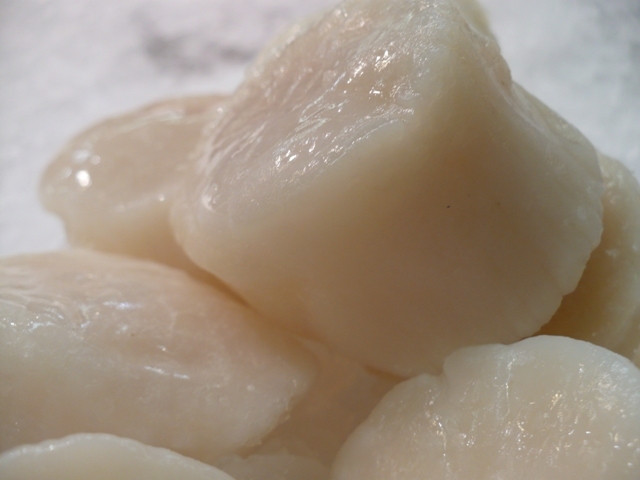
Deliciously sweet and tender, the sea scallop is a favorite of seafood lovers throughout the world. These scrumptious bivalve mollusks are a sustainable seafood option for anyone who needs an eco-friendly alternative to poultry, meat, or even fish. When you eat scallops, you’re actually eating what’s known as the adductor muscles. As one of the only free-swimming marine mollusks, the scallop swims by opening and closing its shell using this powerful muscle, which can vary from white to beige in color. The adductor muscle of an Atlantic sea scallop can grow up to two inches large in diameter. If you’ve never tried scallops before or have questions about how to prepare these tasty morsels, refer to our scallop FAQ to find the answers to all your questions. With practice, you can cook restaurant-quality scallops right at home. Keep reading to learn more!
What are sea scallops?
Scallop is the common name for multiple species of bivalve mollusks that belong to the family Pectinidae. The most common varieties of scallop are the tiny bay scallop and the larger sea scallop, and they can be found in the shallow waters of every ocean near rocks, coral, rubble, sea grass, kelp, sand, or mud. Scallops have either convexly ridged or scalloped shells that hinge at one end. Only the adductor muscle that opens and closes the two shells is edible.
What are the nutritional benefits of scallops?
Scallops are more than 80 percent lean protein. In fact, one three-ounce serving provides 20 grams of protein and only 95 calories. They serve as an excellent source of magnesium and potassium, but they are also packed with iodine, zinc, phosphorus, vitamin B12, as well as other nutrients that are vital to cardiovascular and heart health.
How do you cook scallops?
Whether baked, broiled, deep-fried, grilled, or pan-seared, scallops taste delicious and go well with a wide variety of sauces, spices, and seasonings. You may want to pull off the coral-colored roe and discard. Remove the muscle that attaches the scallop to the shell. Rinse the scallops and pat them dry with a paper towel before preparing. Cut large scallops in half to ensure even cooking. Scallops are very lean and take very little time to cook. Overcooked scallop will be chewy and tough to eat. Cook until opaque or slightly underdone. We recommend dry-heat cooking methods.
How do you cook scallops from frozen?
Frozen scallops are convenient and rival fresh in terms of taste and texture. In most instances, you want to thaw your scallops before cooking, but some types of frozen sea scallops should not be defrosted. Breaded whole scallops are meant to be pan-fried or deep-fried straight from the freezer.
If you can’t find the answer to your question or would like to learn more about the selection of fresh or frozen scallops at Wholey’s Market, please contact us today to speak with a customer service representative for further assistance.
